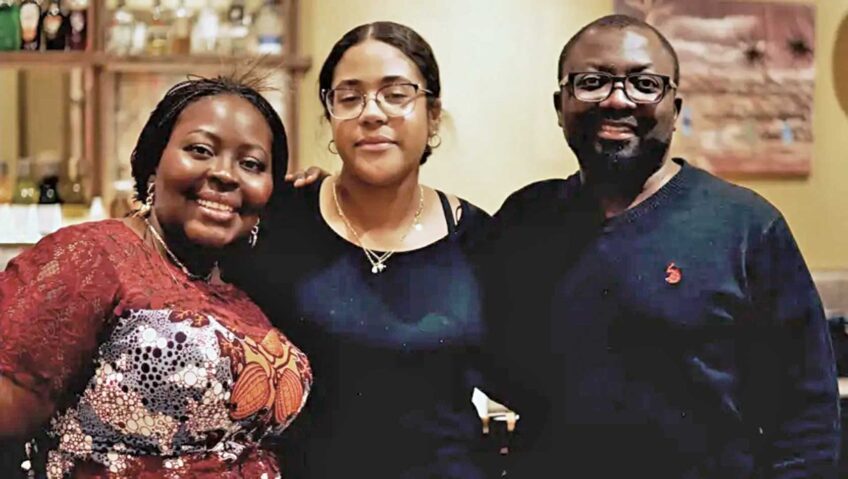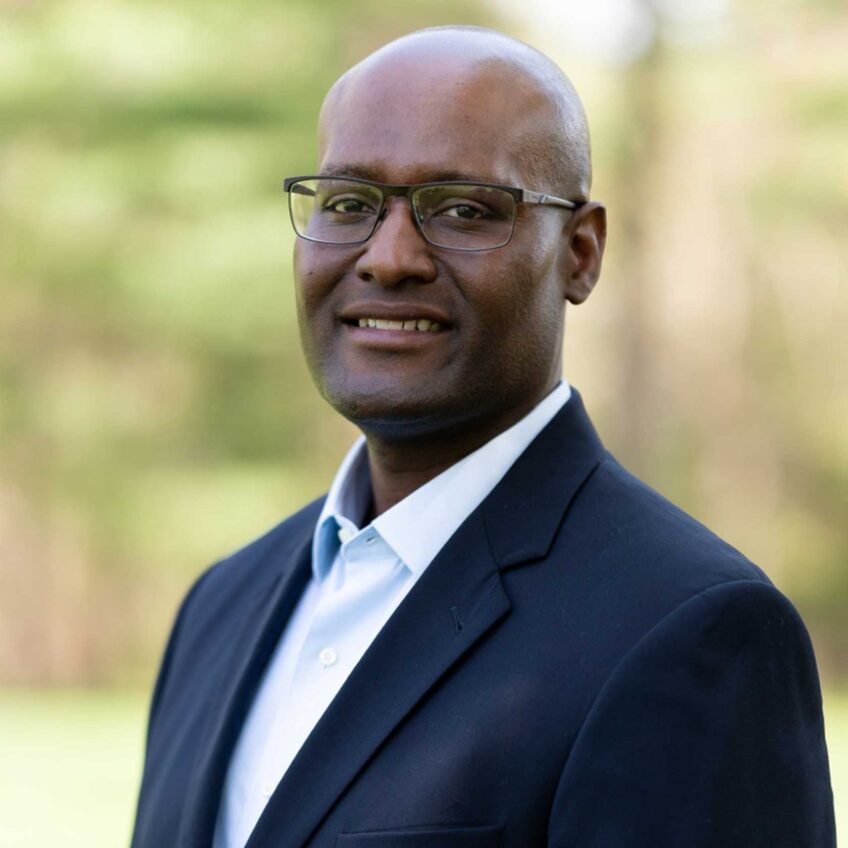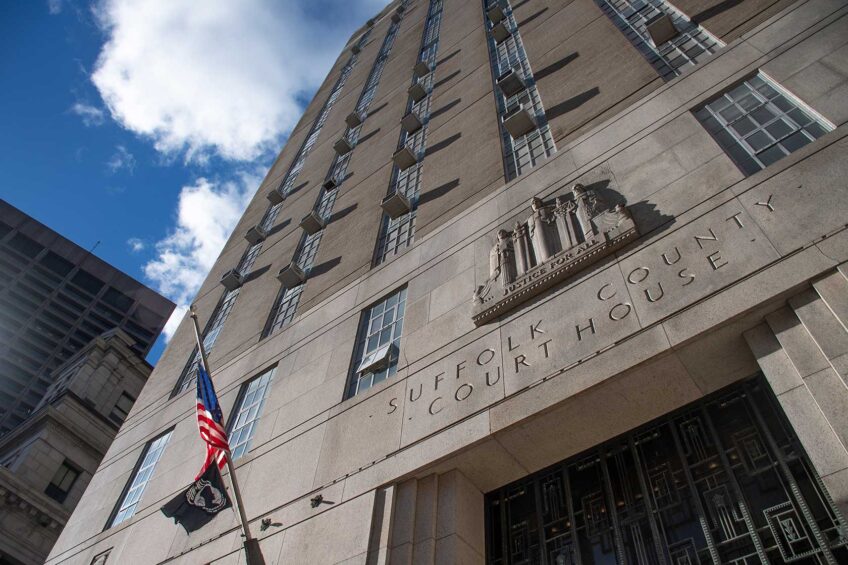Council probes BPS on restorative justice
Just three practitioners meant to serve entire school system
Ten years after Boston Public Schools adopted a new code of conduct that included a framework known as “restorative justice,” which seeks among other things to resolve disputes without punitive discipline, the BPS Office of Restorative Justice team consists of just three full-time staff overseeing the implementation of restorative practices across some 125 schools.
That was one revelation of an hours-long City Council hearing into how BPS has and has not actually implemented practices long called for as alternatives to traditional disciplinary practices like suspension and expulsion — punishments various studies have shown are often disproportionately applied to students of color.
While BPS officials, including Superintendent Mary Skipper, sought to reassure Council members as to the district’s commitment to such alternative practices, the hearing painted a picture of a district in which restorative justice appears to be less a districtwide policy than a school-by-school aspiration.
The hearing comes as the Council prepares to review the district’s roughly $1.4 billion budget — and amid growing tension over how the district will respond to an apparent increase in problematic student behavior across the system that has manifested during the Covid-19 pandemic, with more conservative councilors calling for increased security measures, including a return of police officers to school buildings.
Central to this hearing, held by Committee on Education Chair Julia Mejia, was the question of whether or to what extent BPS has in fact invested in the kinds of alternative practices it claims to have adopted years ago — and how those investments compare to proposals to beef up security measures at schools around the city.
“The Office of Restorative Justice is only staffed by three people … but the Department of Safety Services” — which includes the Boston School Police — “currently employs about 75 unarmed Boston School Safety Officers at school sites across the city,” noted Mejia.
“And then we’re intending to spend millions of dollars over the next five years on security cameras … so we really need to have a conversation about what is safety and what is restorative,” Mejia said.
Speaking before the committee, Skipper said her administration does take restorative practices seriously and is working toward “saturating our school communities with restorative practice.”
To that end, Skipper and other BPS officials said, the district is currently training teachers and school social workers in restorative practices, and district leaders hope to have the entire teaching staff receive such trainings by the end of the coming summer.
But several councilors said the district needs to show its commitment not just in words and trainings, but in structural investments — in other words, in its budget.
“When you’re sending up the budget, I want to see that, if we’re doing everything we can up here, that you are also investing in those things,” District 6 Councilor Kendra Lara told Skipper.
Speaking with the Banner, Lara voiced frustration that notions of restorative justice have been little more than district talking points.
“When we talk about really investing in diversion, we haven’t really tried it. We haven’t tried alternatives,” Lara said.
District 7 Councilor Ricardo Arroyo echoed those sentiments during the hearing.
“We have people who are calling for more police in schools or calling for new punitive measures … Usually when they make those arguments they say, ‘Well, we tried it your way and it didn’t work.’ But we haven’t actually tried [restorative justice],” Arroyo said, “There is no world where that model can be extrapolated to the rest of the school system with three staffers. It’s not even close.”
He added, “I want to see our budget and our funding match this — match the things that work. I’m tired of pretending that we’re doing the things that work and they’re failing, rather than the fact that we’re literally just not doing them.”
BPS officials acknowledged that more could be done to embed restorative justice practices across the district.
“We have a lot of work to do and that is clear, and if anything, the pandemic has shown a not-so-kind light on the areas in which we are lacking,” said BPS Chief of Student Support Jillian Kelton.
Kelton said approximately one-third of teachers have received special training in restorative justice practices, with the expectation that all teachers will receive such training, and that a “restorative practices implementation plan” is underway.
“It has to be happening every day, in every classroom, for every student,” Kelton said. “In order to do that, we have to have people in our buildings who are the experts, but also people they can lean on in our district.”
Kelton said the district is exploring hiring restorative justice coordinators to work with multiple schools and training current in-school staff, like social workers, to be “restorative practices liaisons,” for which work they might receive a stipend.
But such answers disappointed advocates like Ruby Reyes, executive director of the Boston Educational Justice Alliance, which has advocated for restorative justice in schools.
Noting that school social workers are already working at capacity, Reyes said the district appears to be advocating for more staff trainings without real investment in the restorative justice model.
“The central office is looking for an Instant Pot solution to violence … rather than invest the time and structure,” Reyes told the Banner.
“And it’s not like they don’t have the money — they’re already putting the money into other stuff that doesn’t work,” Reyes said, citing the district’s plans to acquire new security hardware.
Tensions also surfaced at several points during the hearing over so-called community connections coordinators, a proposed new cadre of school safety officers who would monitor student behavior outside of school facilities — a proposal some saw as comprising troubling student surveillance.
“I’m really concerned about them,” Lara told Kelton. “We’re going to promise some resources, and I need those resources to not go to this thing that I’m concerned about and go elsewhere.”
Acknowledging that “the reception was not good,” Kelton suggested the district has since backed away from the controversial proposal.
“The feedback we got on those positions was that they were not the right fit for what is the need we are seeing right now in our communities,” Kelton said, “so we are listening to that feedback.”






